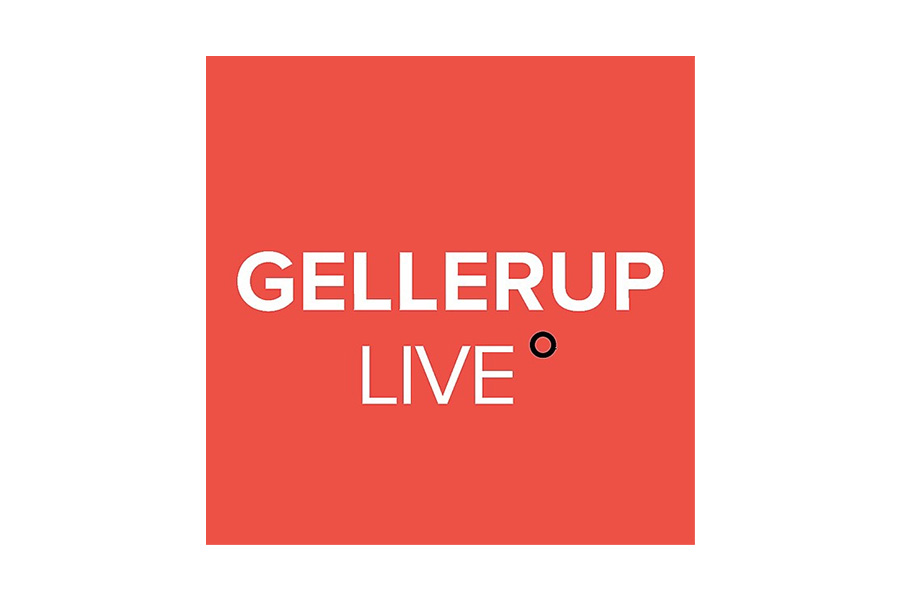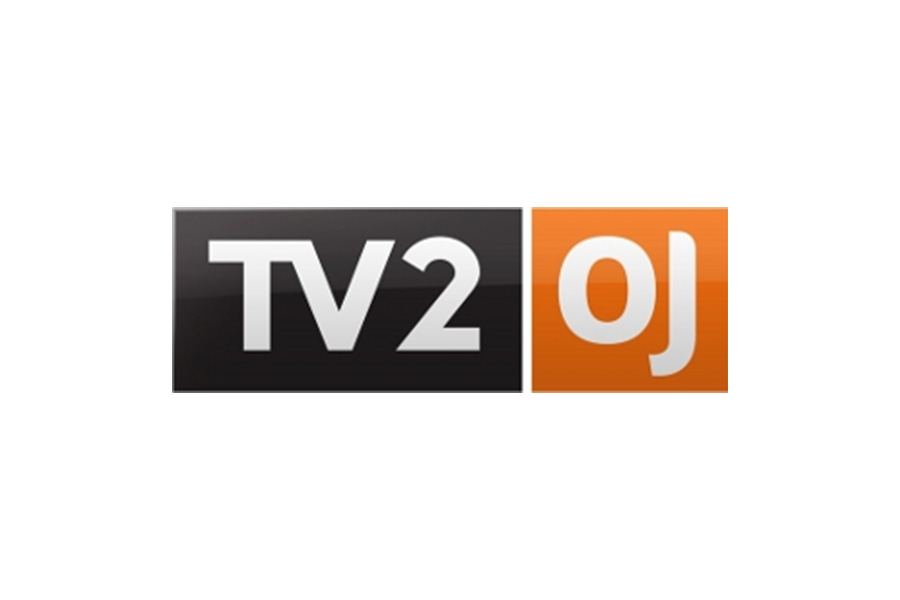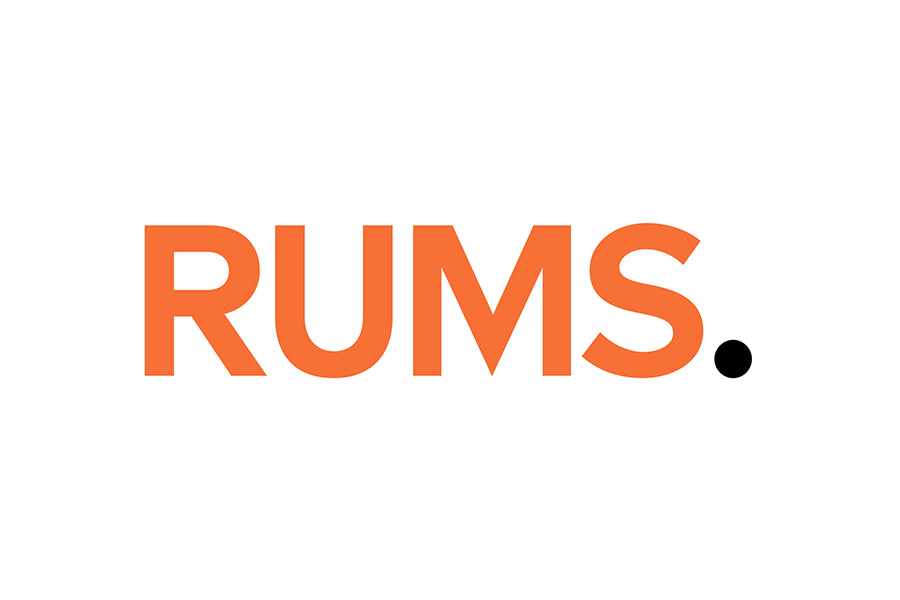What
Next to the more informal ways of being in dialogue with citizens, from time to time it is worthwhile to research the target audience in a more formal manner using in depth interviews or focus groups. After a small literature review a research question is formulated (For instance: what are the target audiences’ experiences with and the views on subject of …..?). The interviews are held with the use of a topic list and are preferably transcribed and analysed using a method of qualitative analysis. A group of 5 students can interview 10 to 15 members of the target audience (or three or four focus groups with 5 people). From the answer to the research question the students/journalist formulate recommendations for their own work on the subject.
Why
This formal way of open interviews and analysing forces a more analytical attitude and will reveal more indepth insights into the life world of the target audience. This way reporters can estimate what kinds of information needs the audience might have, which controversies or sensitive topics are experienced, what diversity of opinions is, on which aspects people might lack information etc. It is a source of inspiration for the journalist.
When
As described above this is typically done in the first phase of the journalistic process: when generating ideas. But it can also be done afterwards to see how people interpret and experience the stories that were published. This way the journalists can see if the interpretations of the audience are in line with the goals the journalist had with the item. It nourishes reflection on the journalistic process which might be part of the educational goal.
Be aware of
Although you can gain important insights, this type of research is time consuming and basic skills of qualitative analysis are needed. Also be aware that respondents might be reluctant to answer openly on sensitive topics.
Tips for students
Use peer consultation in the interpretations and analysis of the interviews, for the interpretation has a subjective element. Also make sure that the group of persons you interview is as diverse as possible on relevant characteristics (age, gender, experience with the subject).












